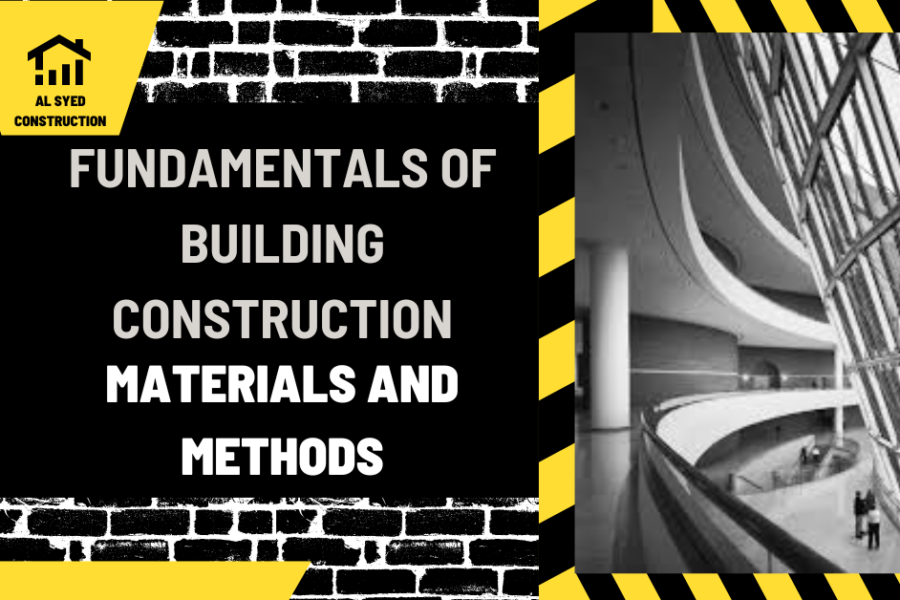Fundamentals of Building Construction Materials and Methods
In the realm of construction, understanding the fundamentals of building construction materials and methods is paramount. From the foundation to the finishing touches, every step in the construction process demands careful consideration and selection of materials and techniques to ensure a safe, durable, and aesthetically pleasing structure. In this comprehensive guide, we delve into the core aspects of building construction, exploring the key materials and methods that define modern construction practices.
Table of Contents
Foundations: The Bedrock of Every Structure
The foundation of a building is its anchor to the ground, providing stability and support for the entire structure above. Common types of foundations include:
Shallow Foundations: These are typically used for smaller buildings and consist of concrete pads or strips that transfer the building’s load to the soil.
Deep Foundations: Used for larger or heavier structures, deep foundations penetrate deeper into the soil to provide greater stability. Examples include piles and caissons.
Structural Systems: Frameworks for Support
Structural systems are the frameworks that support the building’s weight and resist external forces such as wind and earthquakes. Common structural systems include:
- Load-Bearing Walls: Traditional method where walls support the building’s weight.
- Steel Frame: Uses steel columns and beams to support the structure, offering strength and flexibility.
- Reinforced Concrete: Combines concrete’s compressive strength with steel reinforcement for added tensile strength.
Exterior Finishes: Enhancing Aesthetics and Protection
Exterior finishes not only enhance a building’s appearance but also protect it from the elements. Common exterior finishes include:
- Brick: Durable and aesthetic, bricks offer excellent insulation and weather resistance.
- Stucco: A mixture of cement, sand, and water, stucco provides a durable and low-maintenance finish.
- Siding: Available in various materials such as wood, vinyl, and fiber cement, siding adds aesthetic appeal and weather protection.
Roofing Systems: Shelter from Above
Roofing systems provide shelter from the elements and contribute to a building’s overall energy efficiency. Common roofing materials and systems include:
- Asphalt Shingles: Affordable and easy to install, asphalt shingles are popular for residential roofing.
- Metal Roofing: Durable and long-lasting, metal roofs offer excellent protection and energy efficiency.
- Flat Roof Systems: Common in commercial buildings, flat roof systems include built-up roofing and single-ply membranes.
Interior Finishes: Enhancing Comfort and Functionality
Interior finishes not only add aesthetic value but also contribute to the comfort and functionality of a building’s interior. Common interior finishes include:
- Drywall: Provides a smooth, paintable surface for walls and ceilings.
- Flooring: Available in a variety of materials such as hardwood, laminate, and tile, flooring adds warmth and durability to a space.
- Cabinetry: Essential for storage and organization, cabinetry comes in various styles and finishes to suit any design.
In conclusion, the fundamentals of building construction materials and methods are essential for creating safe, durable, and aesthetically pleasing structures. By understanding the various aspects of construction, from foundations to finishes, builders can ensure that their projects meet the highest standards of quality and craftsmanship.




